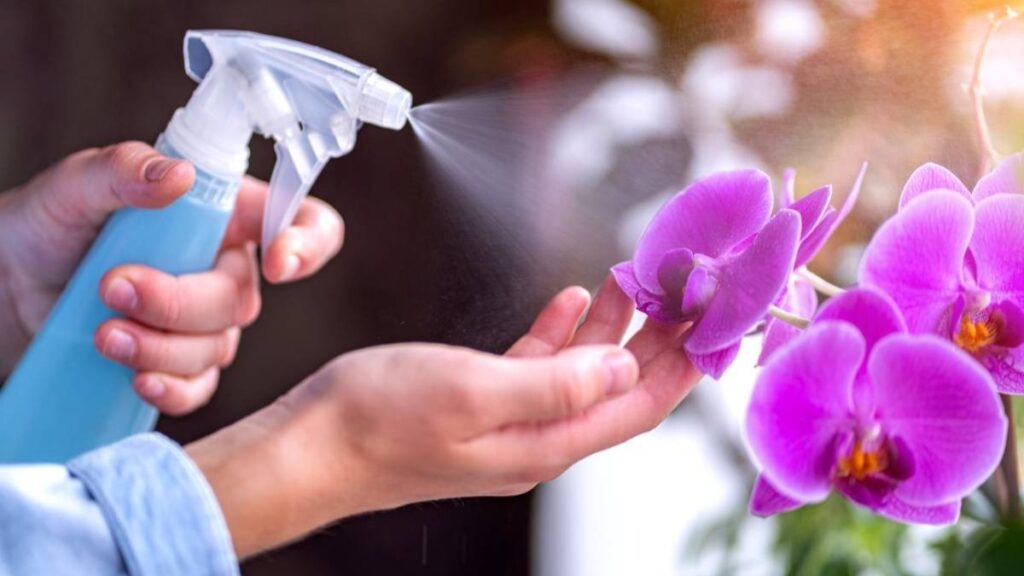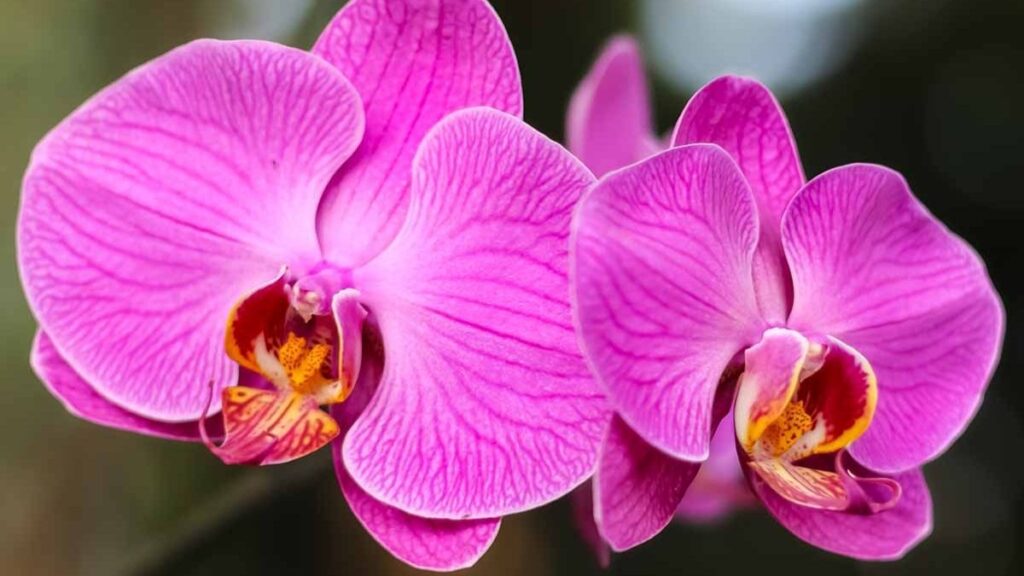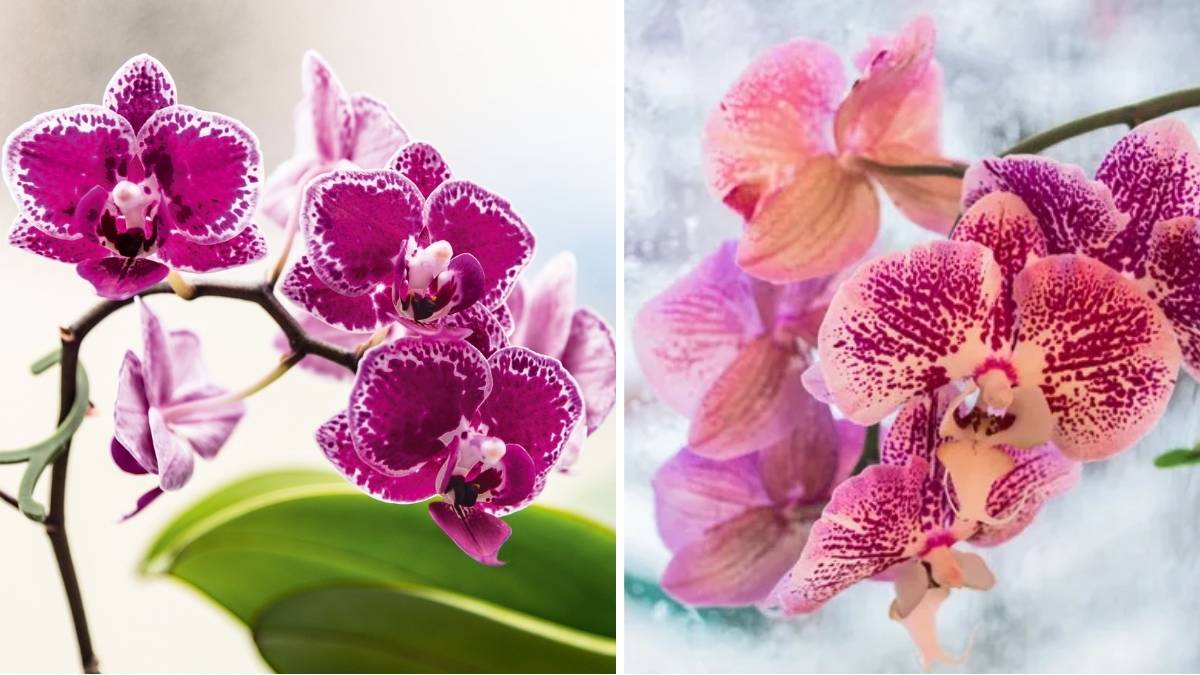Orchids are among the most elegant and rewarding houseplants to grow, but winter can be a tricky season for them. The drop in temperature, shorter daylight hours, and dry indoor air can stress these tropical beauties. However, with a few simple adjustments, you can keep your orchids healthy, blooming, and vibrant even through the coldest months of the year. Here’s how you can help your orchids thrive indoors during winter.
Understanding Your Orchid’s Needs
Before diving into care techniques, it’s important to understand what orchids truly need. Most orchids come from tropical or subtropical regions, which means they naturally thrive in warm, humid environments with good air circulation and indirect light. During winter, these conditions can be hard to replicate indoors, but it’s not impossible. Once you know what your orchid prefers light, moisture, and temperature you can adjust your home environment to suit it.
Regulating Indoor Temperature

Orchids dislike sudden temperature fluctuations. During winter, indoor heating can make the air too warm or dry, while cold drafts from windows and doors can shock the plant. Ideally, keep the room temperature between 65 to 75°F (18 to 24°C) during the day and slightly cooler at night. This gentle temperature difference mimics their natural habitat and even encourages blooming. Avoid placing your orchid near radiators, heaters, or cold window panes. If you notice the leaves turning yellow or wrinkled, it might be a sign of temperature stress.
Providing the Right Light

Winter brings shorter days and weaker sunlight, which can make orchids struggle to photosynthesize. Since light is crucial for their growth and flowering, find a bright spot where your plant can get plenty of indirect sunlight. A south- or east-facing window usually works best during the winter months. If natural light is limited, you can use a grow light to supplement it. Position the light about 10 to 12 inches above the plant and keep it on for around 10 to 12 hours a day. Just be careful not to expose the plant to direct sunlight for long periods, as it can scorch the leaves.
Maintaining Proper Humidity
Indoor heating systems tend to dry out the air, and orchids need humidity to thrive. Ideally, they prefer a humidity level of 40 to 60 percent. If your home’s air is too dry, there are several easy ways to increase moisture around your plant. You can use a humidifier, which helps maintain consistent humidity, or place a tray filled with water and pebbles beneath the orchid pot. As the water evaporates, it adds moisture to the surrounding air. Grouping orchids together or misting them occasionally can also help, but avoid over-misting as it can lead to fungal growth.
Watering Carefully

One of the most common mistakes orchid owners make during winter is overwatering. Because orchids grow more slowly in the colder months, they need less water than in summer. The potting medium should be allowed to dry slightly between waterings. A good rule of thumb is to water your orchid once every 7 to 10 days, depending on your home’s humidity and temperature. Always check the roots before watering; if they appear silvery-gray, it’s time to water, but if they are still green, wait a little longer. Use room-temperature water and let it drain completely to prevent root rot. Never let the orchid sit in standing water.
Feeding and Fertilizing

During winter, orchids enter a semi-resting phase, which means they don’t need as much fertilizer as they do in active growing seasons. You can feed your orchid once a month with a balanced, diluted orchid fertilizer, following the “weakly, weekly” rule if desired. Avoid over-fertilizing, as it can build up salts in the potting mix and damage the roots. When in doubt, it’s better to underfeed than to overfeed your plant during winter.
Ensuring Good Air Circulation
Stagnant air can promote mold and pest problems, especially when humidity levels are high. Orchids appreciate gentle air movement that keeps their leaves dry and healthy. You can use a small fan set on low, placed a few feet away from the plants. Just make sure the airflow is not too strong, as orchids prefer a gentle breeze rather than direct wind. This helps reduce the risk of fungal diseases and keeps the environment fresh.
Repotting and Pruning
Winter is generally not the best time to repot your orchid unless it’s absolutely necessary such as when the roots are overcrowded or the medium has broken down. However, you can take this time to remove any dead or yellowing leaves and trim off old flower spikes once the blooms fade. Use sterilized scissors or shears to prevent infection. This light pruning helps the plant focus its energy on healthy growth and prepares it for the next blooming cycle.
Keeping Pests Away

Even during winter, pests like spider mites, aphids, and mealybugs can find their way to your orchids, especially if indoor air is dry. Regularly inspect your plants for any signs of insects or sticky residue on leaves. If you notice pests, wipe the leaves gently with a damp cloth or use a mild soap solution. Neem oil can also be an effective natural remedy. Maintaining humidity and proper airflow reduces the chances of pest infestations.
Encouraging Blooms
Many orchids, such as the popular Phalaenopsis, naturally bloom during the cooler months. If your orchid isn’t blooming, try giving it a slight temperature drop at night about 10°F cooler than the daytime temperature for a few weeks. This can trigger the plant’s blooming cycle. Once buds appear, avoid moving the orchid too often, as changes in light and temperature can cause buds to drop prematurely. Keep the plant in a stable environment to enjoy long-lasting flowers.
Conclusion
Caring for orchids during the winter months requires a bit of extra attention, but the reward is worth it. By providing the right balance of warmth, humidity, light, and water, you can keep your orchid healthy and beautiful all year round. Remember that every orchid species is unique, so observe your plant closely and adjust your care routine as needed. With a little patience and consistency, your orchids will not only survive the winter they’ll thrive, rewarding you with stunning blooms that brighten up the coldest days of the season.



